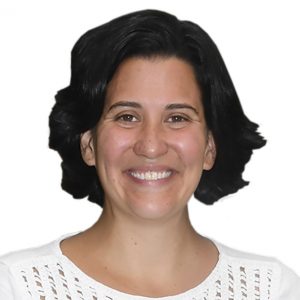Calculating the swine production costs of Prop 12 compliance

From a distance it is easy: how difficult can it be to take care of additional welfare for pigs? Those inside the pig industry know better: each measure taken costs money. But how much exactly? Pig health and welfare expert Dr Monique Pairis-Garcia shares insights using a novel tool when implementing Prop 12 changes.
Animal welfare is often ranked as an important topic to the public with recent surveys showing animal welfare as being a very important factor in purchasing and consuming animal products.
For those standing on the outside of barn, it often feels like improving pig welfare can be accomplished with very simple and straightforward changes. But for a producer, what does that change really look like, and more importantly, how much does that change cost?
Calculating swine production costs Researchers at University of São Paulo Swine Research Laboratory have developed a free and easy-to-use tool to calculate swine production costs and serve as a resource for optimising management and production on commercial farms. The versatility of this tool allows producers to quantify the financial investment of management and facility changes specific to improve pig welfare. Let’s take Prop 12 for example.
Prop 12 very much happening
Proposition 12 has officially gone into effect in 2024 and the code states that any whole pork meat sold within the state of California must meet certain on-farm requirements specific to sow care and facilities. Despite efforts to curtail the effectiveness of Prop 12 by many, Prop 12 compliance is very much happening in the US with many major, integrated swine companies investing additional time and money to build new facilities and expand market access to California.
Increasing floor space, minimising confinement
For the US swine industry, major changes that will take effect on some farms will include increasing floor space to 24 ft2 (2.2 m2) and minimising confinement for no more than 24 hours over a 30-day period.
But what kind of investment would this look like for an independent producer to make these changes? Using the mathematical model developed by University of São Paulo, we compared a Prop 12-compliant farm with a conventional crate system farm. The results are in. An independent producer would expect a production cost per kg of $1.29 for a conventional crate system compared to $1.31 for a Prop 12 farm, representing a 1.78% cost increase.
In addition, a Prop 12 farm producer would expect 9.77% higher fixed operating costs, 10.80% higher costs of capital and land and a 20.46% lower profit margin compared to a conventional crate system, assuming the same number of sows and production output.
Pig welfare costs money
In the end, improving animal welfare typically costs money. This cost does not change the importance of animal welfare to the public or the pig but does provide a more balanced perspective on why these changes are not as easy as we think and perhaps motivation from government and market entities to provide financial support to producers complying with current and future animal welfare regulations.











